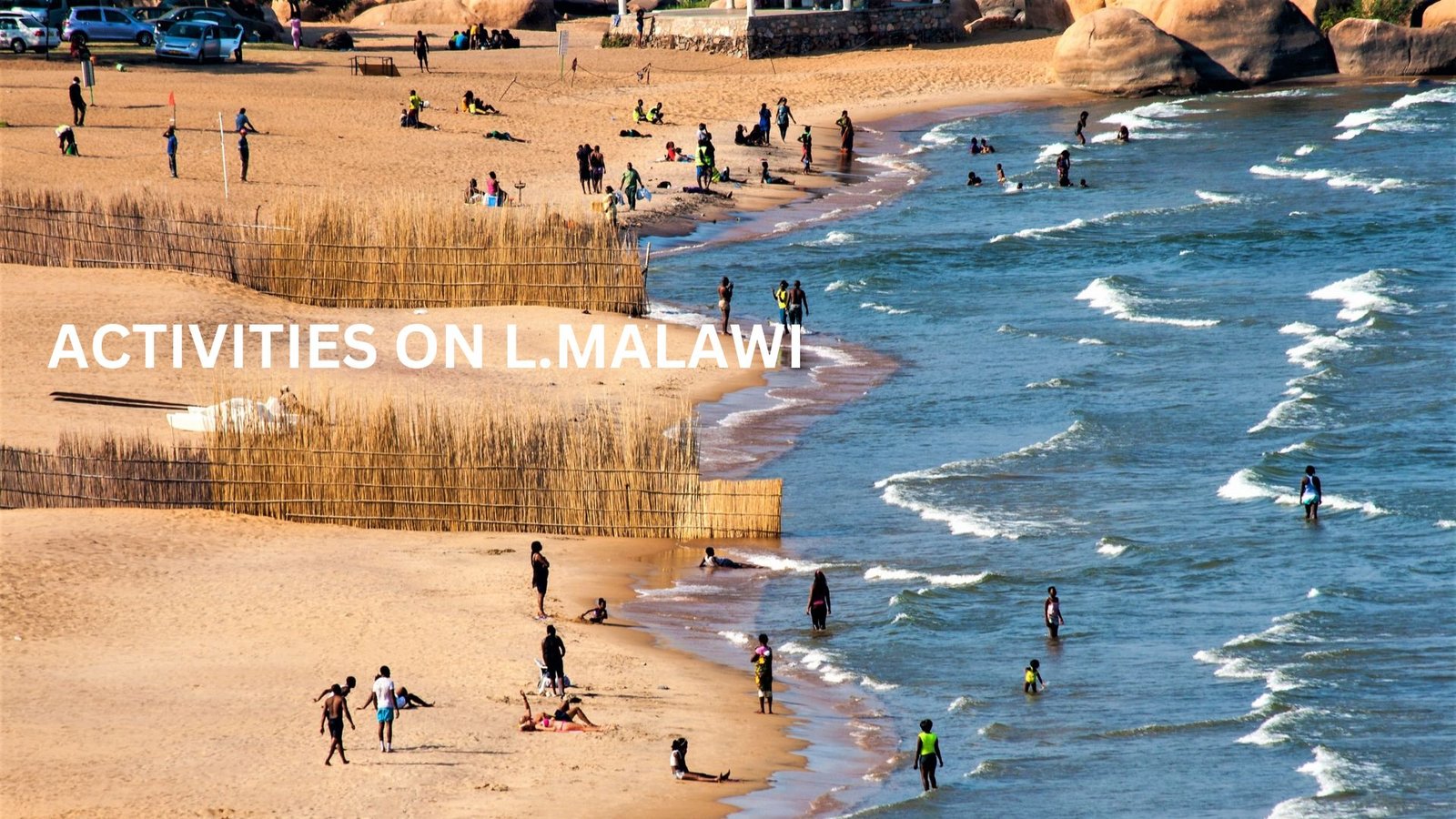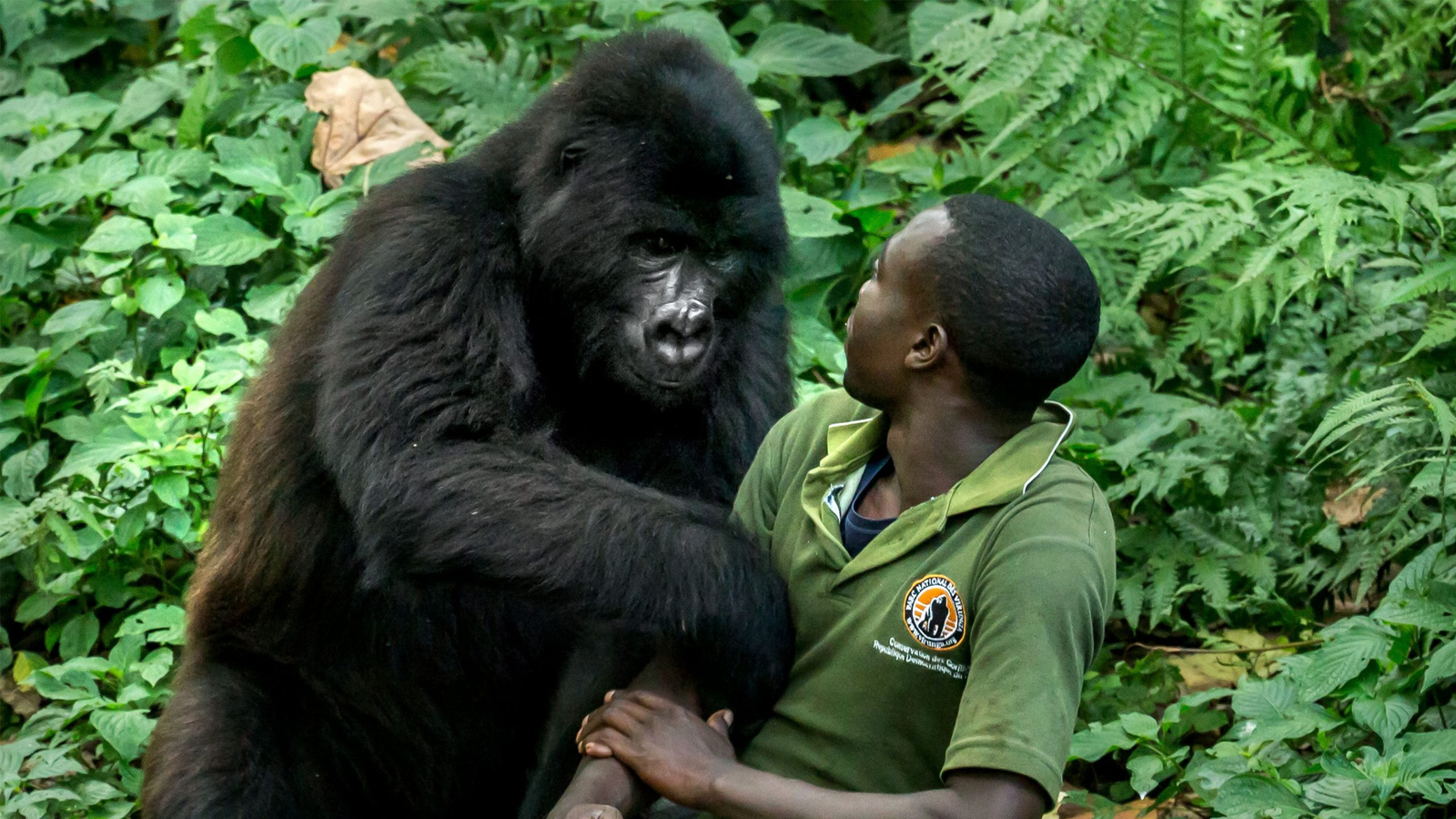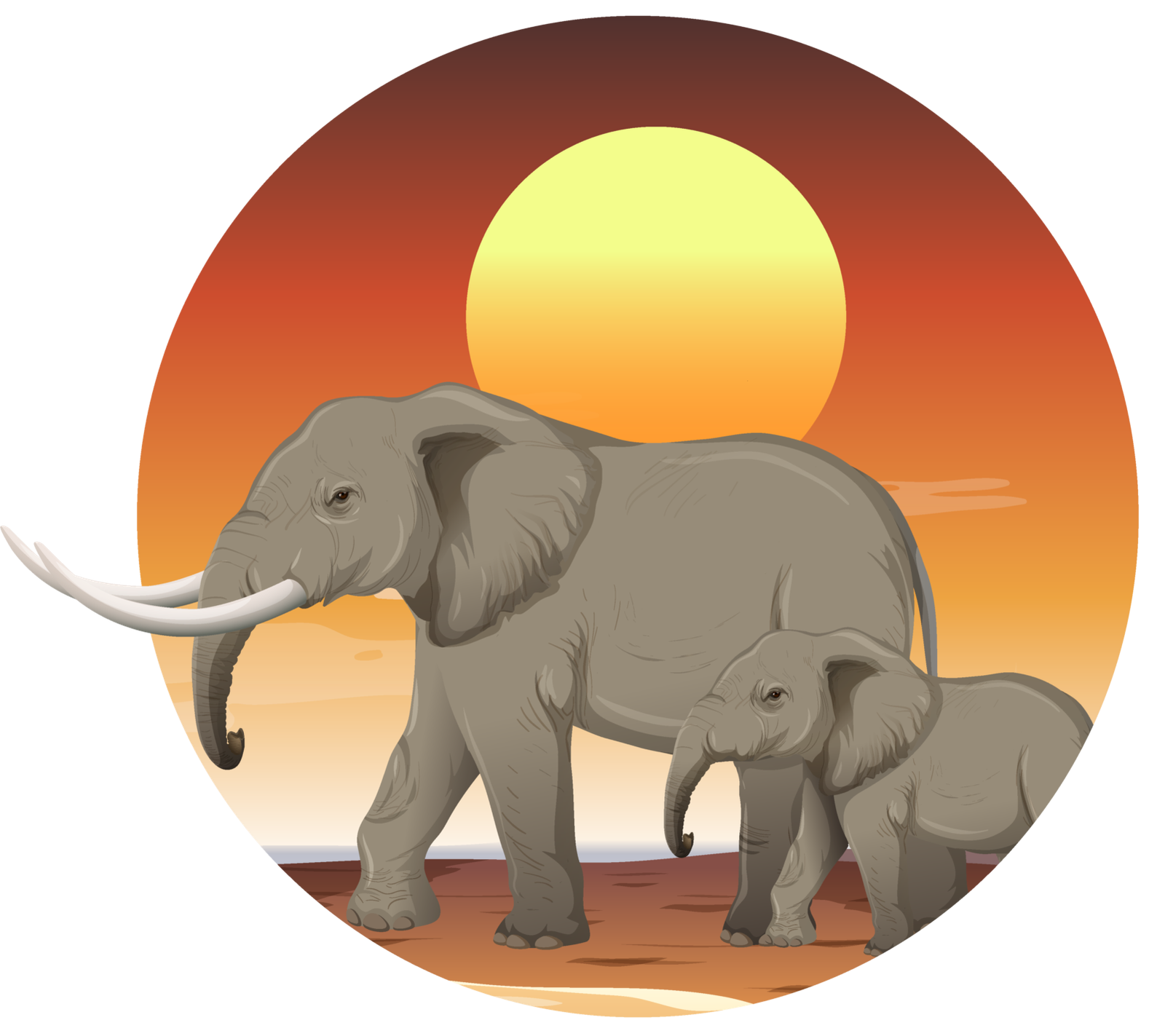
About Mount Kilimanjaro hiking
Mount Kilimanjaro is the highest peak in Africa, standing at 5,895 meters. Hiking Mount Kilimanjaro is a challenging and rewarding experience that requires physical fitness, mental preparation, and proper gear. The hike typically takes between five to nine days, depending on the route chosen and the pace of the hiker. The experience of hiking Mount Kilimanjaro can be both physically and mentally challenging but also incredibly rewarding. Hikers will have the opportunity to see stunning views of the mountain and surrounding landscape, as well as experience the unique culture of Tanzania. The sense of accomplishment upon reaching the summit is unparalleled. The experience of hiking Mount Kilimanjaro can vary greatly depending on the route chosen. There are several routes to choose from, each with its own unique features and challenges. The most popular routes are the Marangu, Machame, Lemosho, Rongai, Umbwe route, Shira route among others.Marangu
The Marangu route is often referred to as the “Coca-Cola” route because it is the most popular and well-travelled route. It is also the only route that offers sleeping huts instead of tents. It takes 5-6 days to hike the Marangu Route, depending on the itinerary chosen by the hiker. The Marangu Route is approximately 64 kilometers (40 miles) long and typically takes 5-6 days to complete. The route starts at Marangu Gate, located on the southeastern side of Mount Kilimanjaro, and ascends through lush rainforest before reaching the Mandara Hut at an altitude of 2,700 meters (8,858 feet) on day one. On day two, hikers continue through moorland and reach Horombo Hut at an altitude of 3,720 meters (12,200 feet). On day three, hikers have an acclimatization day at Horombo Hut to help their bodies adjust to the altitude. On day four, hikers ascend through alpine desert and reach Kibo Hut at an altitude of 4,703 meters (15,430 feet). On day five, hikers wake up early in the morning to start their summit attempt and reach Uhuru Peak, the highest point in Africa at 5,895 meters (19,341 feet). After reaching Uhuru Peak, hikers descend back down to Horombo Hut on day five and then back down to Marangu Gate on day six.Machame
The Machame route is known for its scenic beauty and is often considered one of the most beautiful routes up Kilimanjaro. It takes 6-7 days to hike the Machame Route. The route covers a distance of approximately 62 kilometres (38.5 miles) and involves ascending to an altitude of 5,895 meters (19,341 feet) at Uhuru Peak, the highest point on Mount Kilimanjaro. The first day of the hike is typically spent trekking through rainforest terrain, followed by several days of hiking through moorland and alpine desert landscapes. The final ascent to Uhuru Peak is usually done overnight, with hikers reaching the summit in time for sunrise. Lemosho The Lemosho route is a longer and more remote route that offers stunning views of the mountain. The Lemosho Route is one of the most scenic and least crowded routes to climb Mount Kilimanjaro. It is a longer route, typically taking between 7 to 9 days to complete. The route starts on the western side of the mountain and approaches from the south. Hikers will pass through a variety of landscapes, including rainforest, heath, and alpine desert, before reaching the summit. Rongai The Rongai route approaches Kilimanjaro from the north and is known for its wildlife sightings. The Northern Circuit route is the longest and most remote route, offering hikers a chance to see all sides of the mountain. Hiking equipment for Mount Kilimanjaro Regardless of which route you choose, hiking Mount Kilimanjaro requires a significant amount of physical fitness and mental preparation. Hikers should be prepared for long days of hiking, with some days lasting up to 10 hours. Altitude sickness is also a concern, as hikers will be ascending to high altitudes quickly. Proper gear, including warm clothing and sturdy hiking boots, is essential for a successful hike. When preparing for a Mount Kilimanjaro hike, it is essential to pack the right equipment to ensure a safe and comfortable journey. Here are some of the hiking equipment to pack for Mount Kilimanjaro:- Clothing:
- Footwear:
- Sleeping Gear:
- Backpack:
- Headlamp:
- Water Bottles/Hydration System:
- Trekking Poles:
- Sunglasses and Sunscreen:
- First Aid Kit:
- Snacks:




